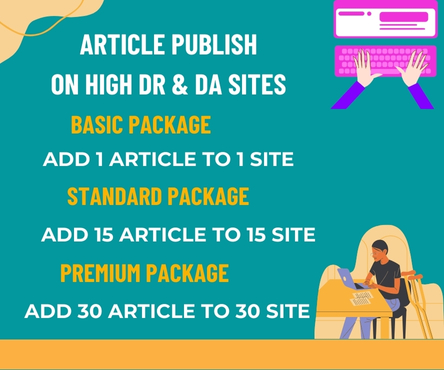In the high-stakes world of litigation, attorneys strive to anticipate the reactions and decisions of jurors to gain a competitive edge. One effective tool that has gained popularity in recent years is the shadow jury. A shadow jury is a group of individuals who mirror the demographics and characteristics of the actual jury, observing the trial and providing feedback to attorneys. This technique offers numerous benefits in trial consulting, enhancing the chances of a favorable outcome. Please visit now Baltimore Jury & Trial Consulting
A key advantage of shadow juries is their ability to gauge public perception and reaction to the case. By observing the shadow jury’s responses, attorneys can identify potential weaknesses in their argument and adjust their strategy accordingly. This real-time feedback enables lawyers to refine their messaging, tone, and delivery, increasing the likelihood of resonating with the actual jury.
Shadow juries also facilitate informed decision-making throughout the trial. Attorneys can test various themes, evidence presentations, and witness testimonies on the shadow jury, assessing what works and what doesn’t. This iterative process allows lawyers to fine-tune their approach, emphasizing the most compelling aspects of their case. By doing so, they can build a stronger narrative that resonates with the jury.
Another significant benefit of shadow juries is their capacity to pinpoint areas of vulnerability in the opposition’s argument. By monitoring the shadow jury’s reactions to the opposing counsel’s statements and evidence, attorneys can identify potential openings to exploit. This intelligence enables lawyers to craft targeted counterarguments and effectively address weaknesses in their own case.
The use of shadow juries also enhances attorney-jury communication. By understanding how jurors think and respond to different arguments, lawyers can tailor their language, tone, and body language to better connect with the jury. This empathetic approach helps build trust and credibility, essential components of a persuasive presentation.
Furthermore, shadow juries can aid in jury selection. By analyzing the shadow jury’s demographics, attitudes, and reactions, attorneys can refine their voir dire questioning, increasing the likelihood of selecting jurors sympathetic to their case. This strategic approach helps build a favorable jury profile.
In addition to these tactical benefits, shadow juries provide valuable insights into the decision-making process. By observing how shadow jurors deliberate and discuss the case, attorneys can gain a deeper understanding of how jurors weigh evidence, evaluate arguments, and reach verdicts. This knowledge enables lawyers to structure their presentations and arguments in a way that aligns with the jury’s decision-making processes.
To maximize the benefits of shadow juries, trial consultants must carefully select and manage the shadow panel. This involves ensuring demographic parity with the actual jury, providing clear instructions and feedback mechanisms, and maintaining objectivity in the feedback process. When executed correctly, shadow juries can become an indispensable tool in trial consulting, significantly enhancing an attorney’s ability to present a compelling case and achieve a favorable outcome.
In conclusion, the strategic use of shadow juries offers attorneys a powerful means of refining their trial approach, anticipating jury reactions, and building a persuasive narrative. By leveraging the insights gained from shadow juries, lawyers can navigate the complexities of trial litigation with greater confidence, increasing their chances of success in the courtroom.

